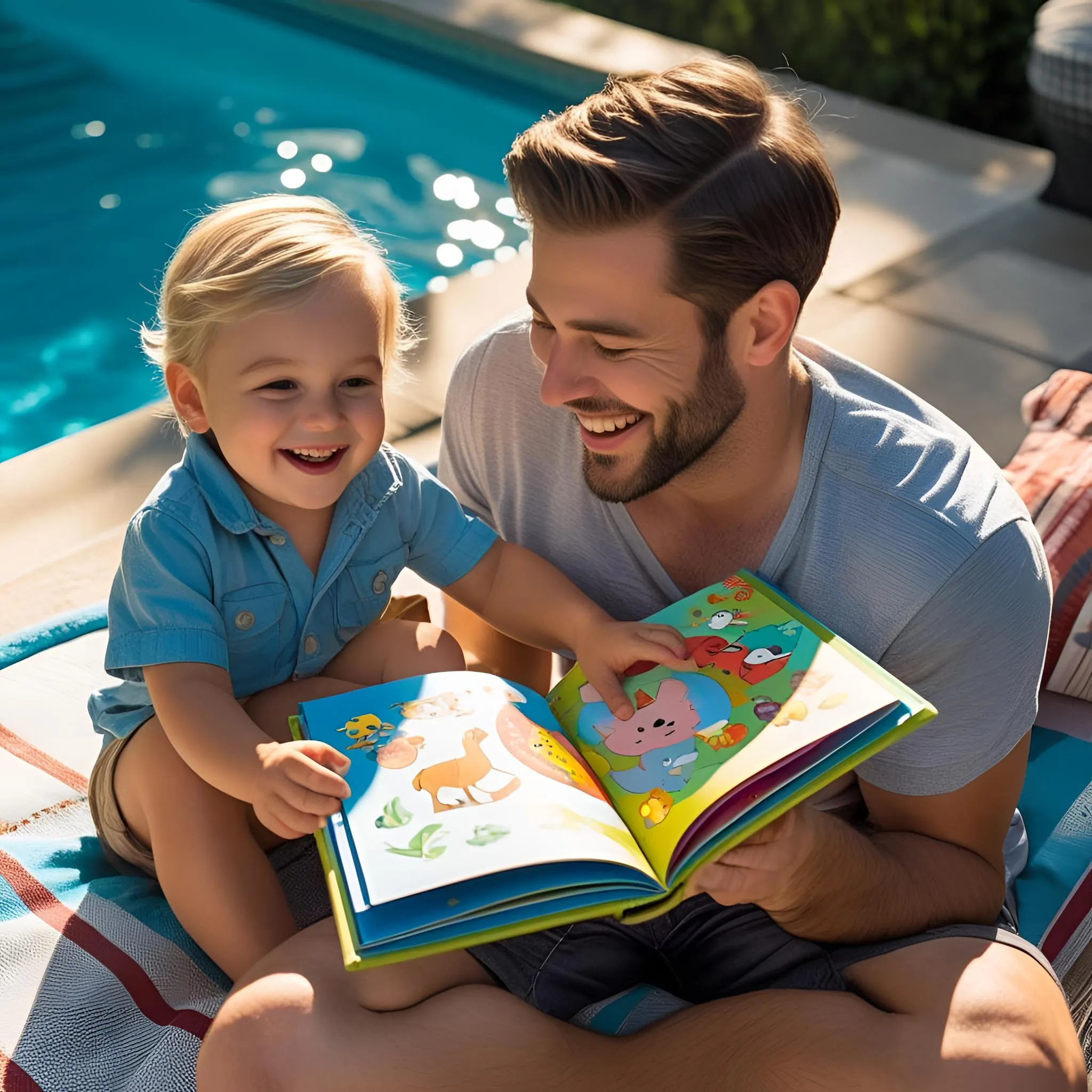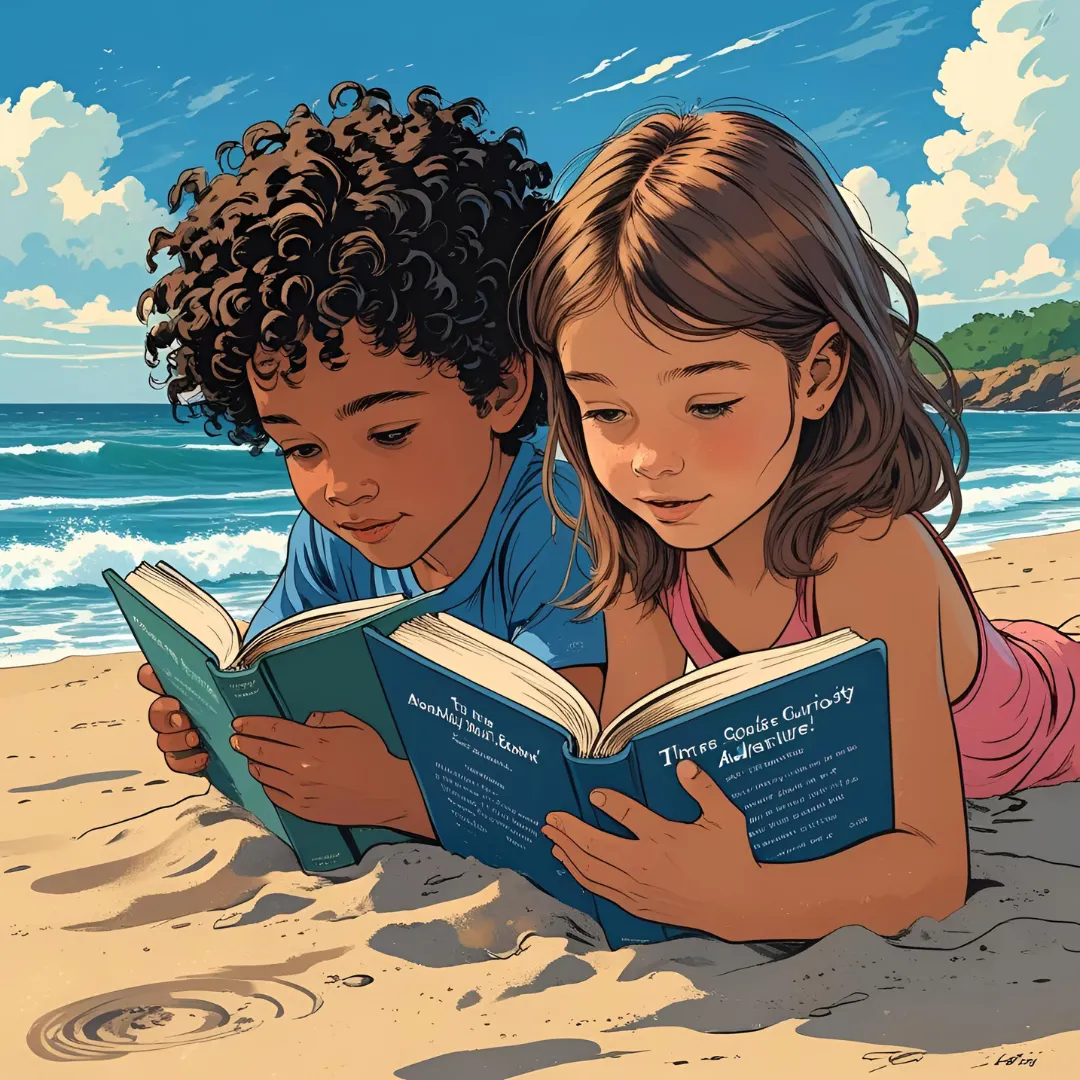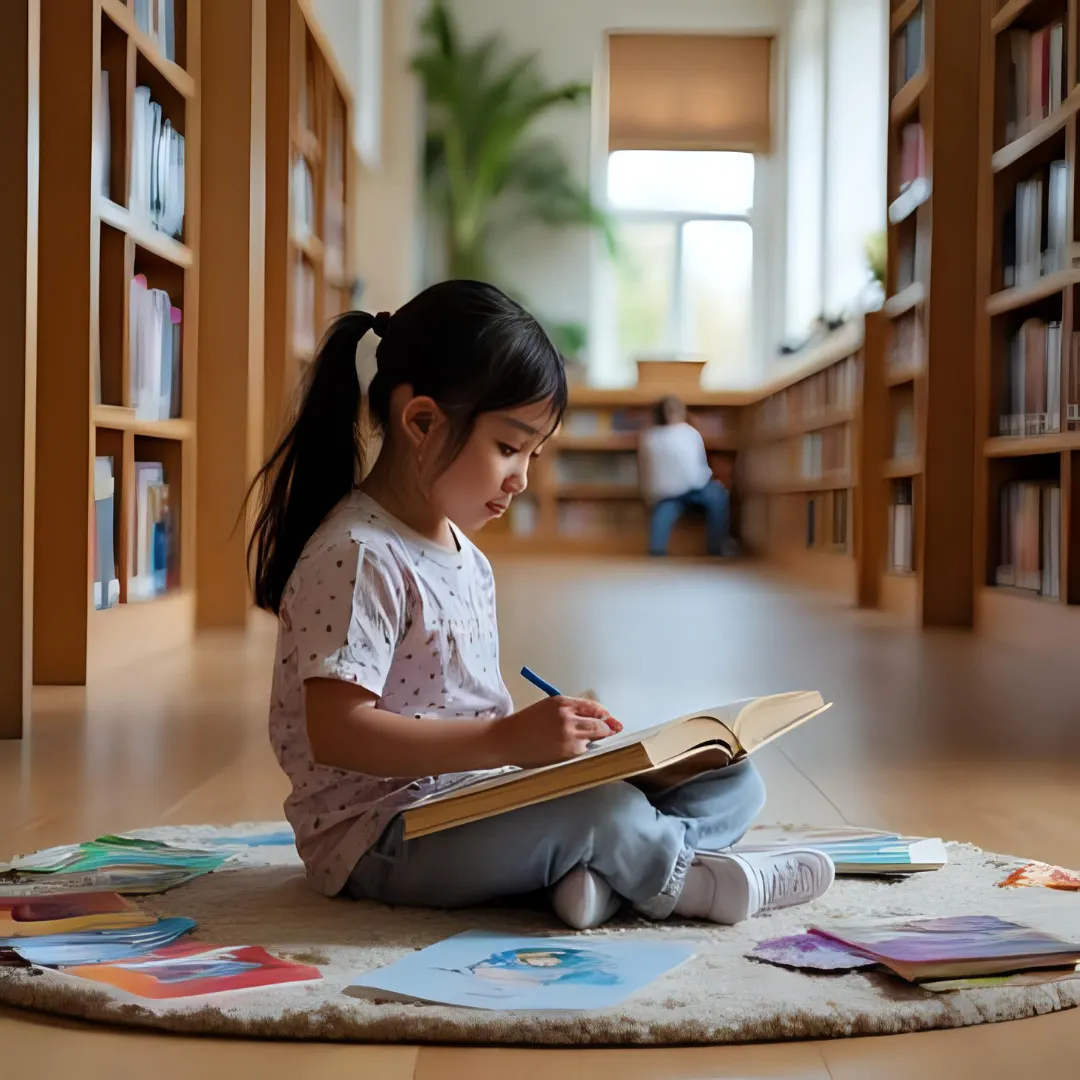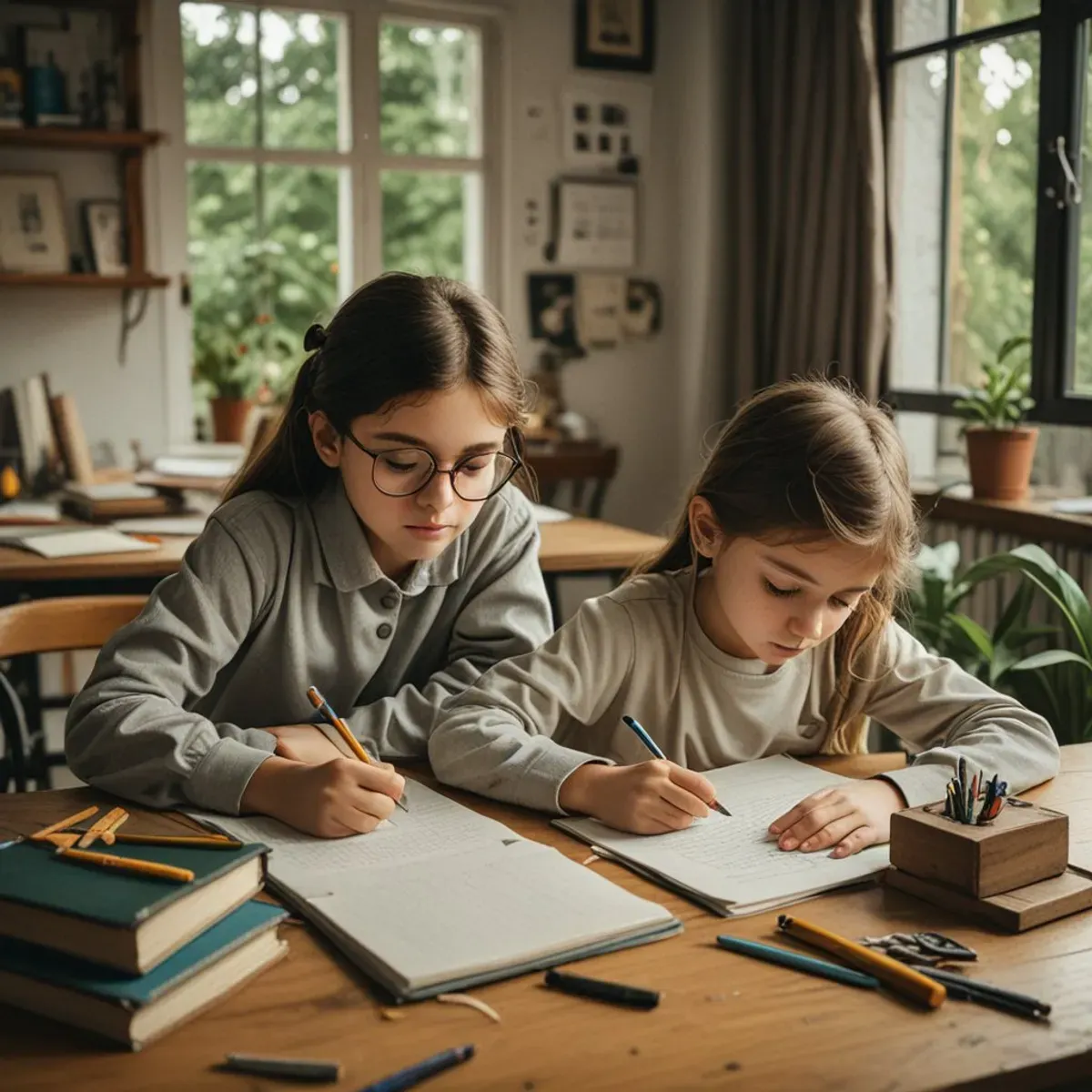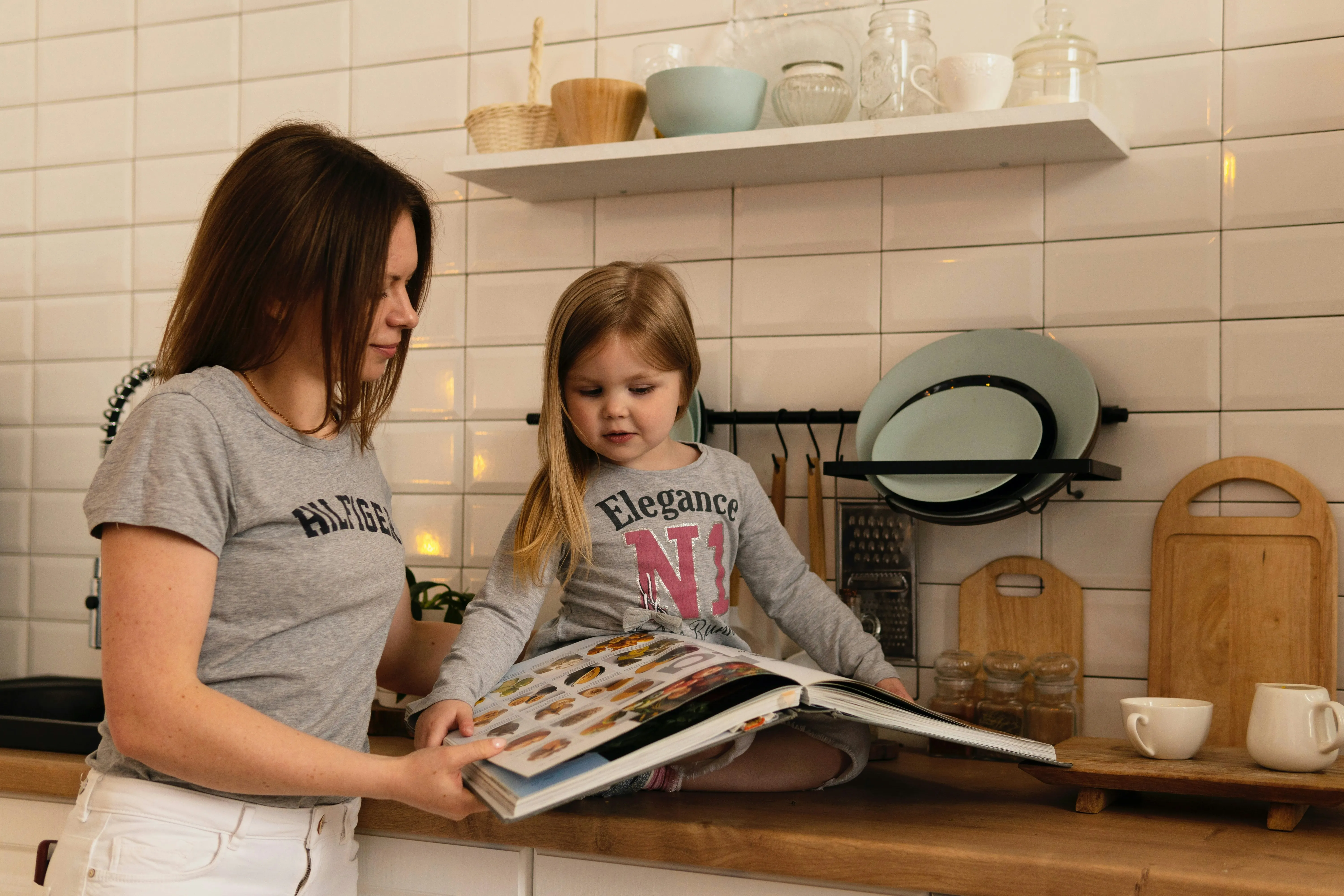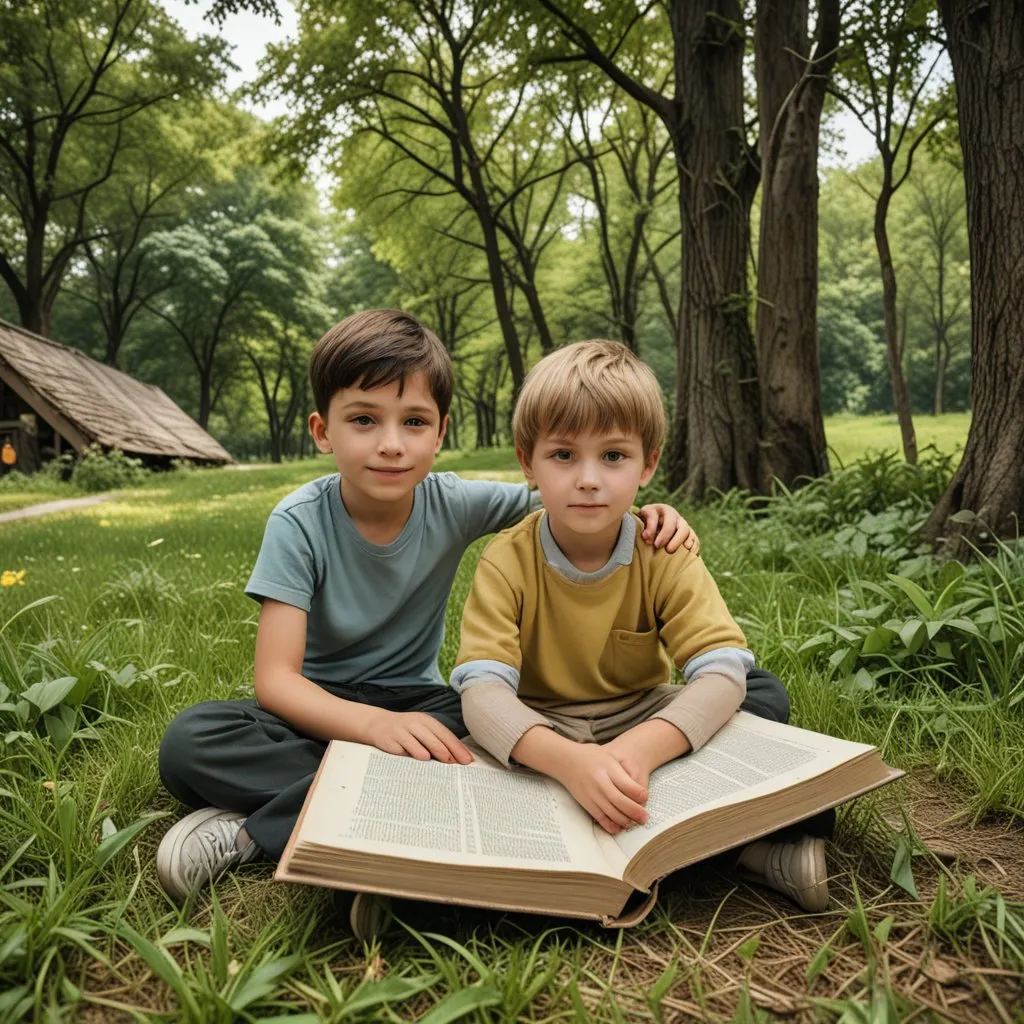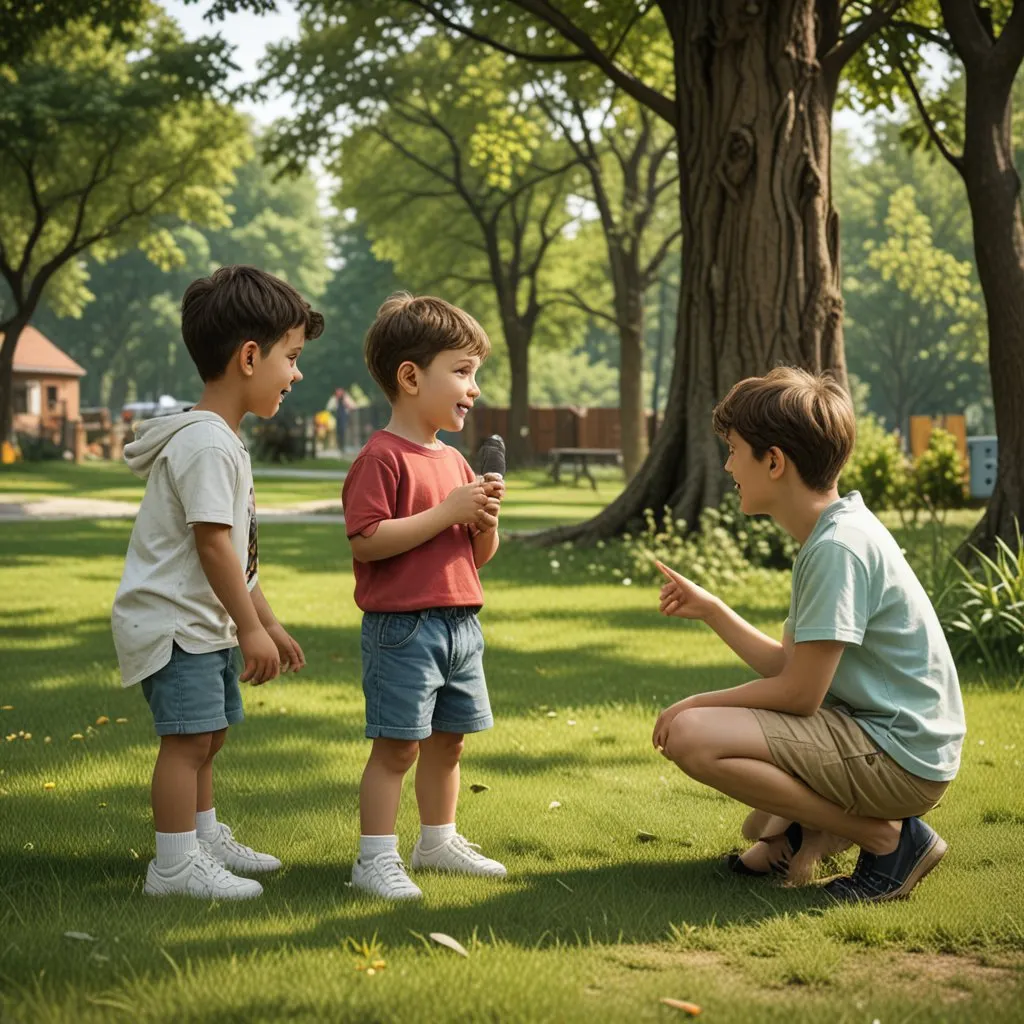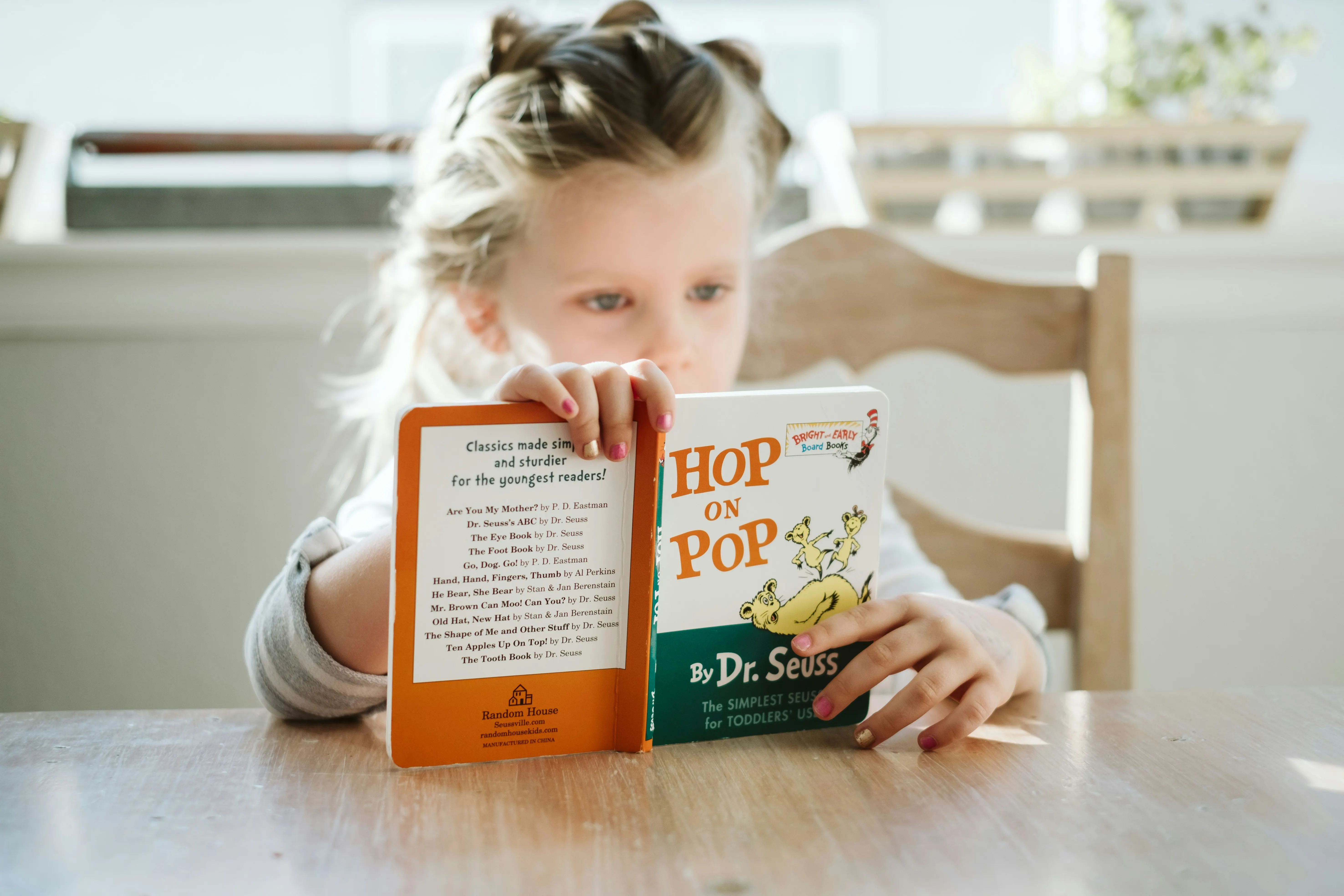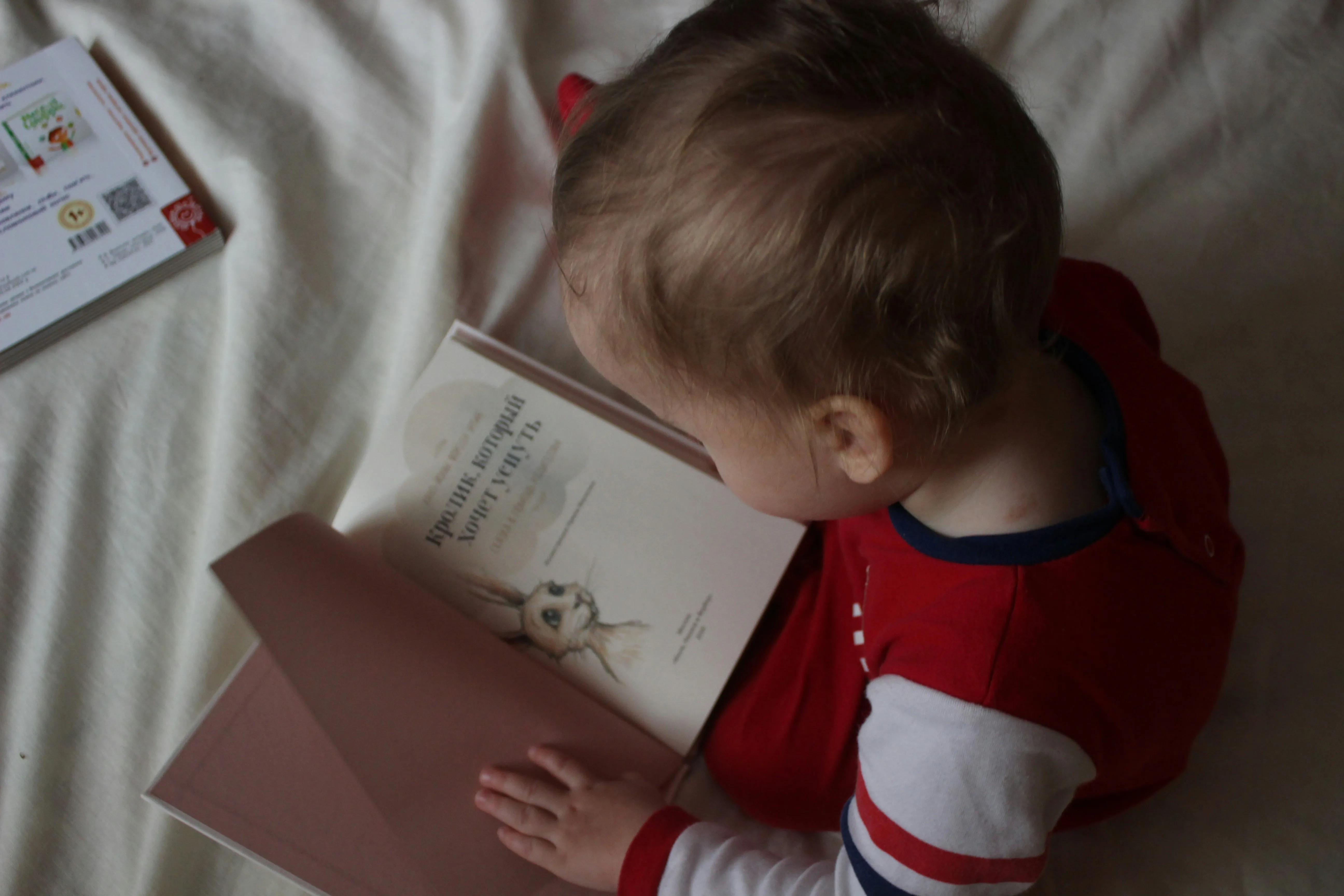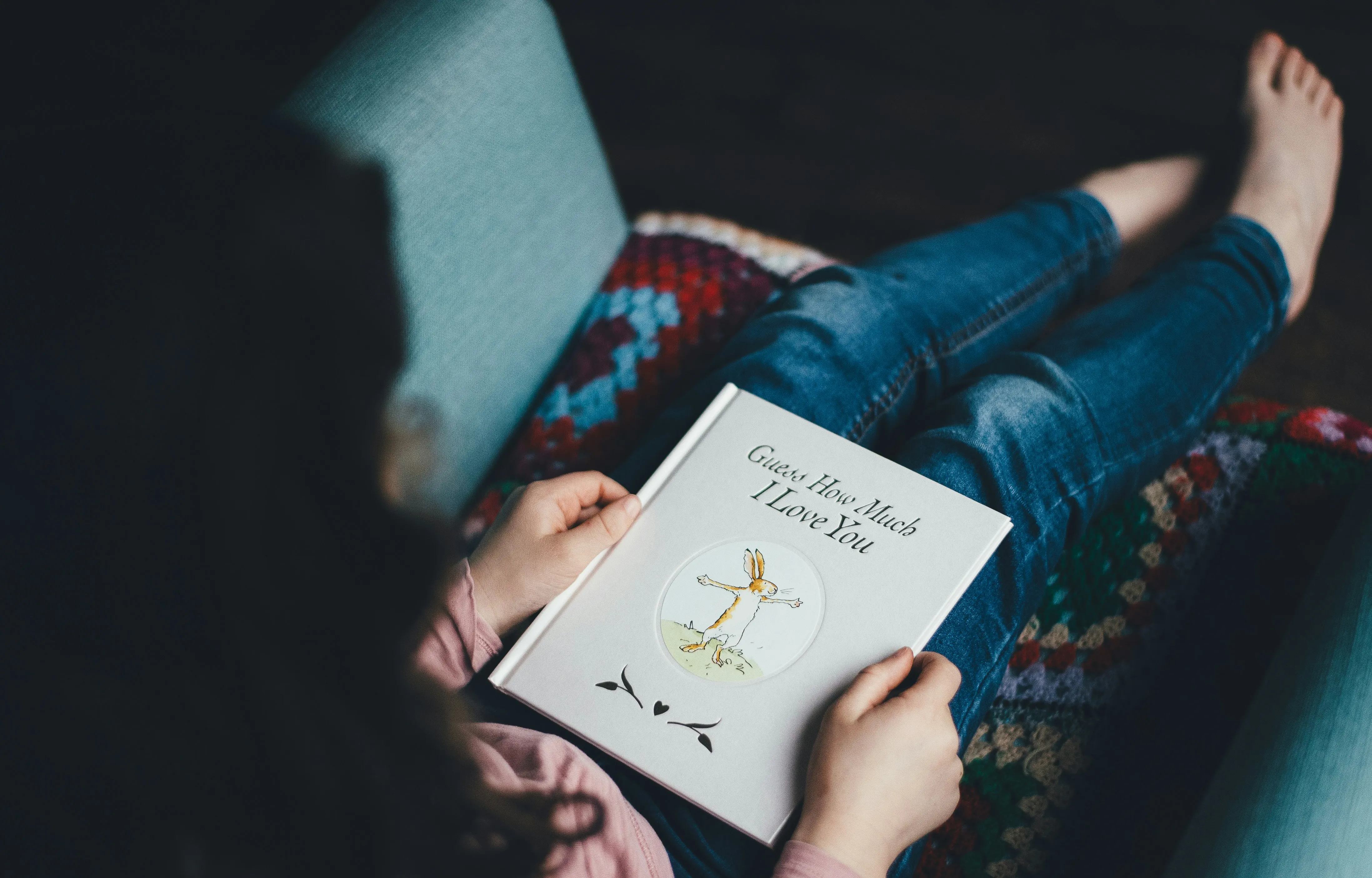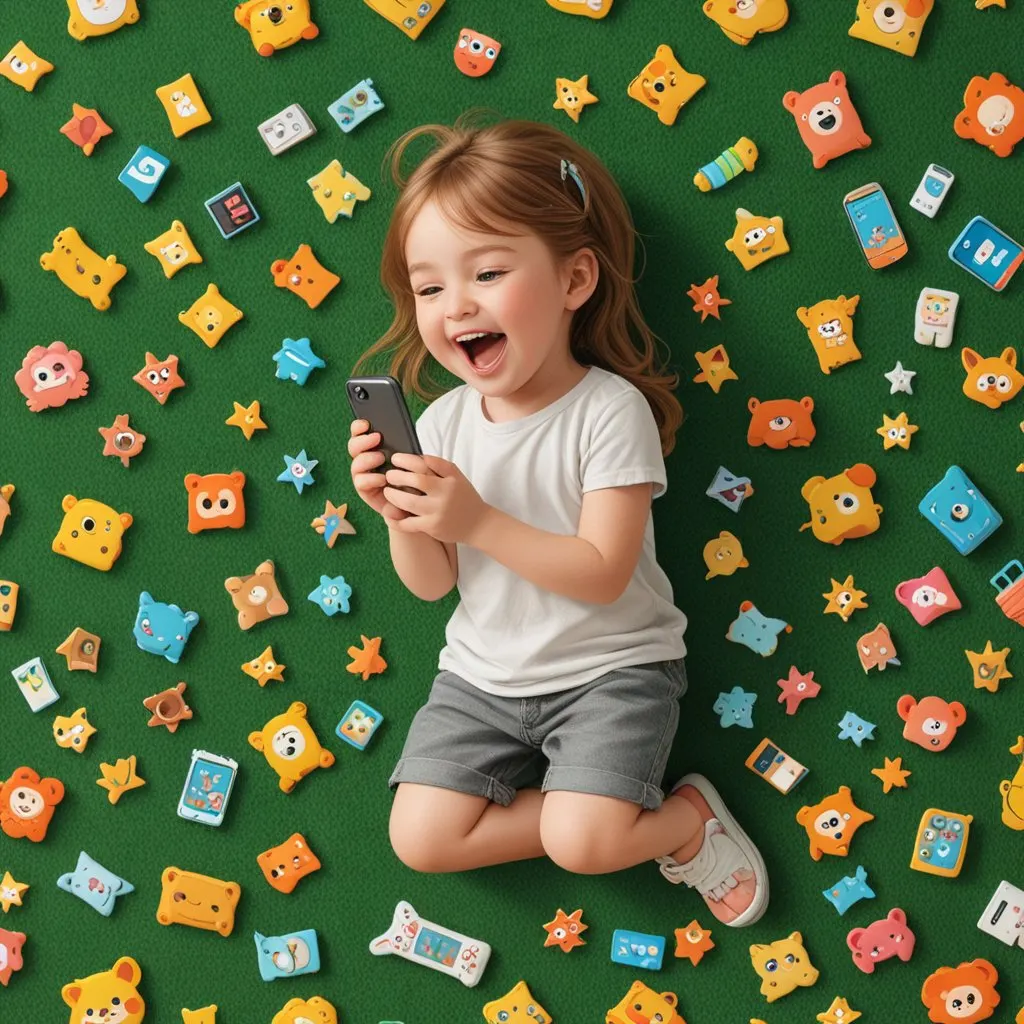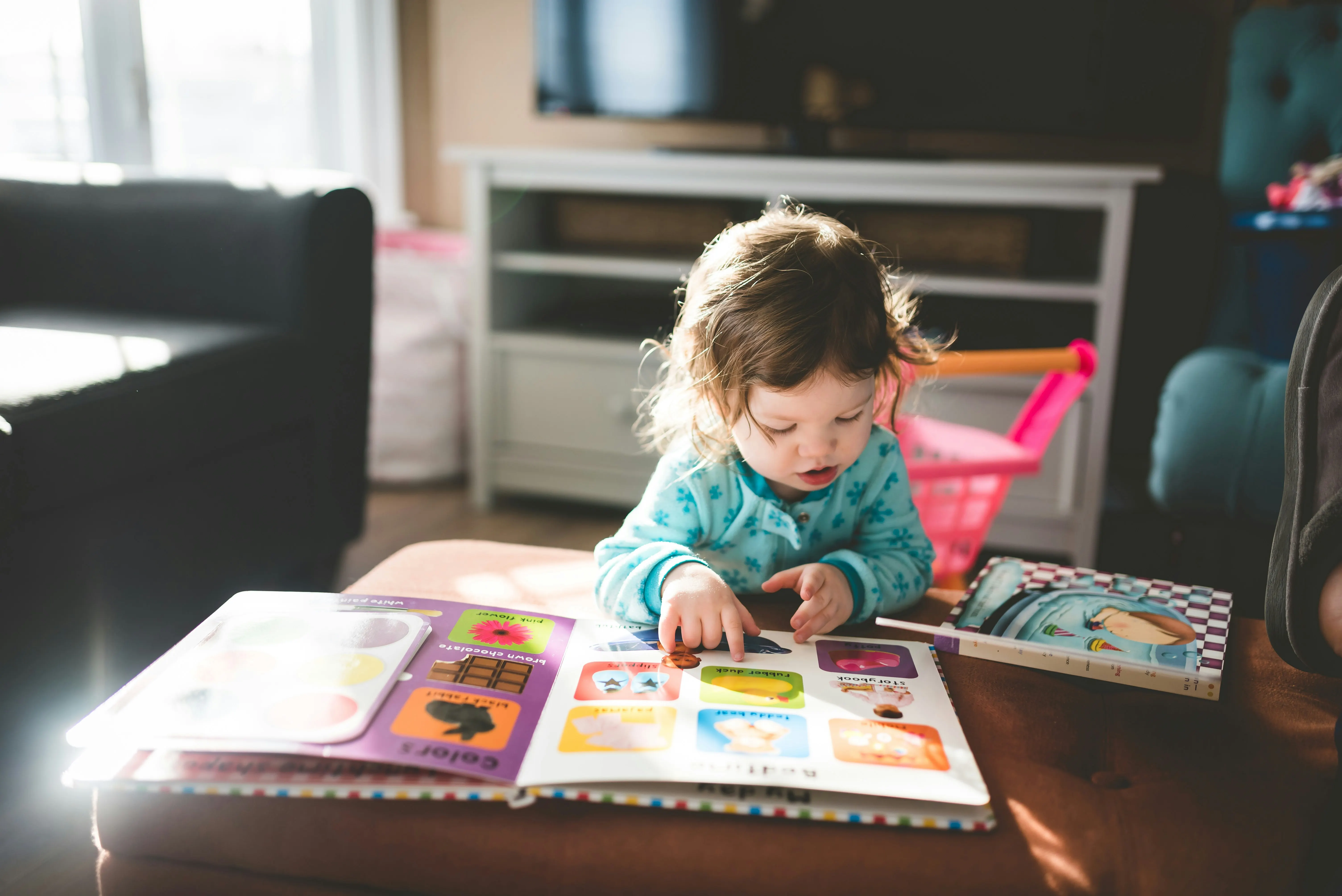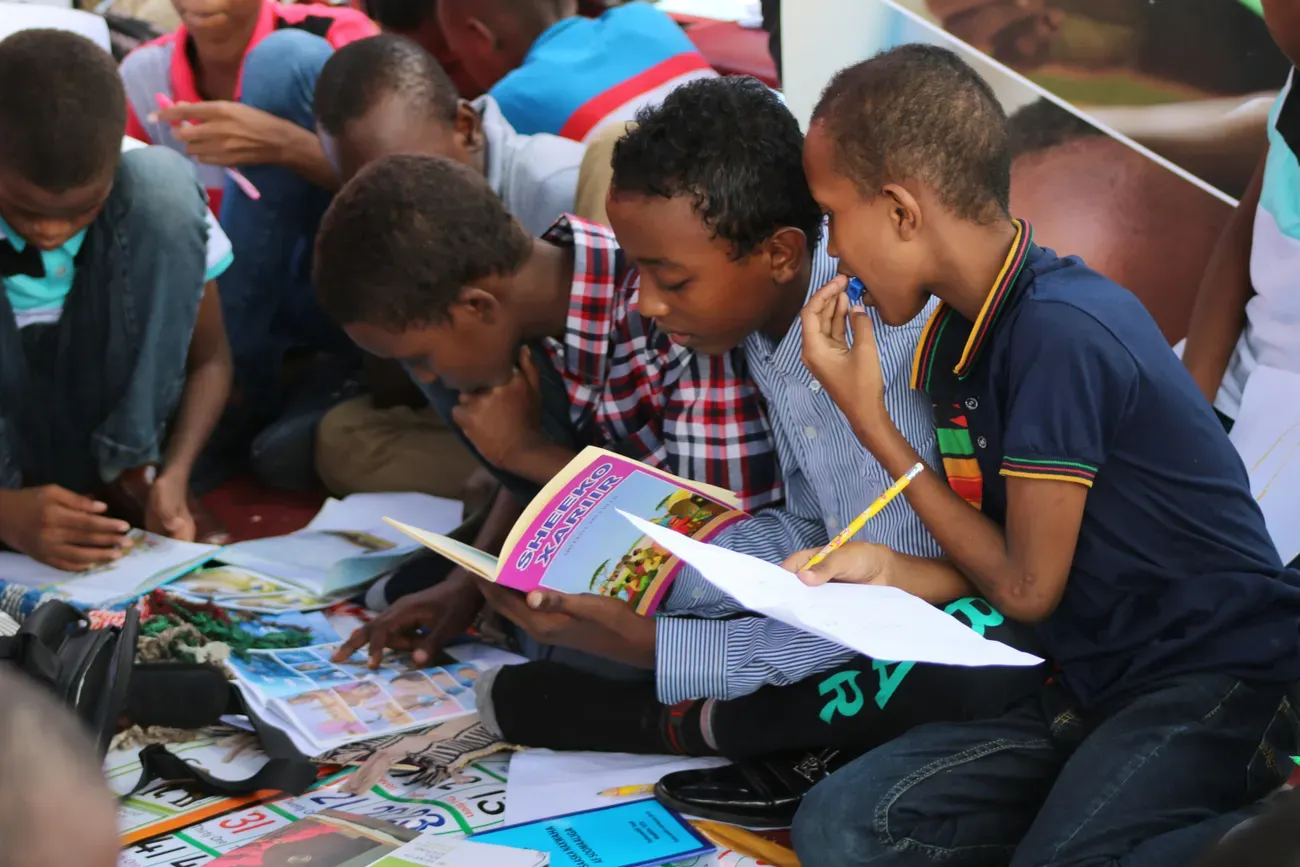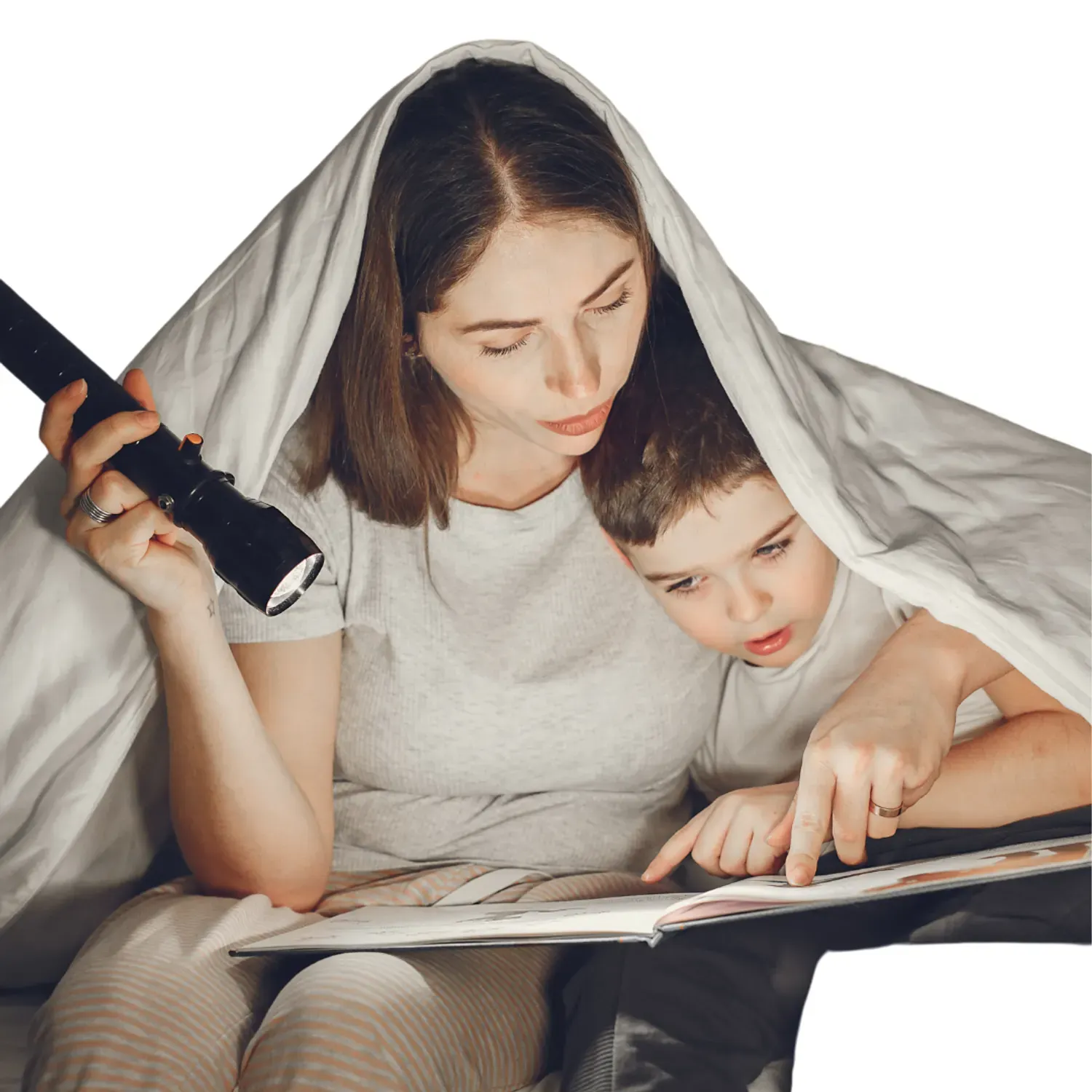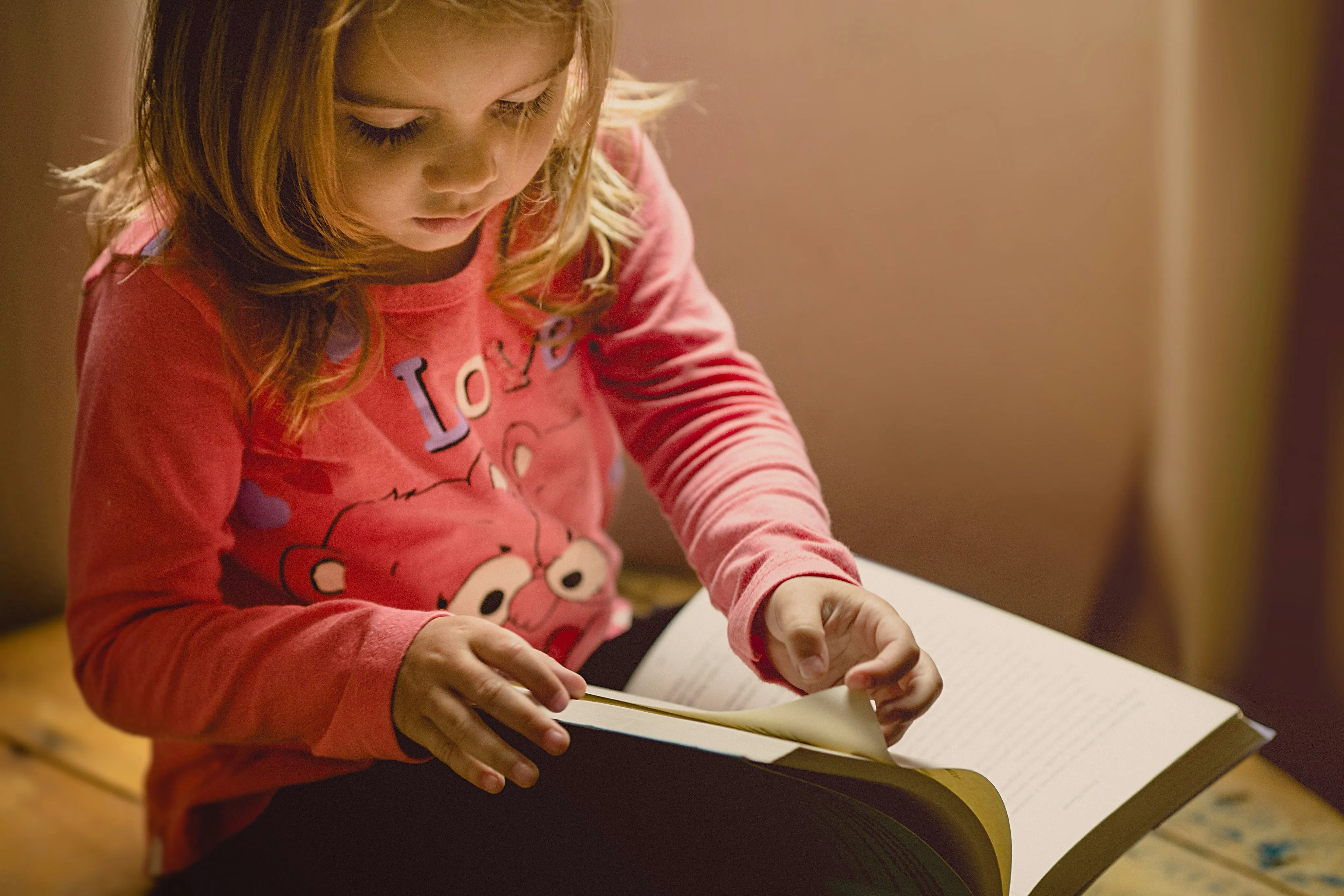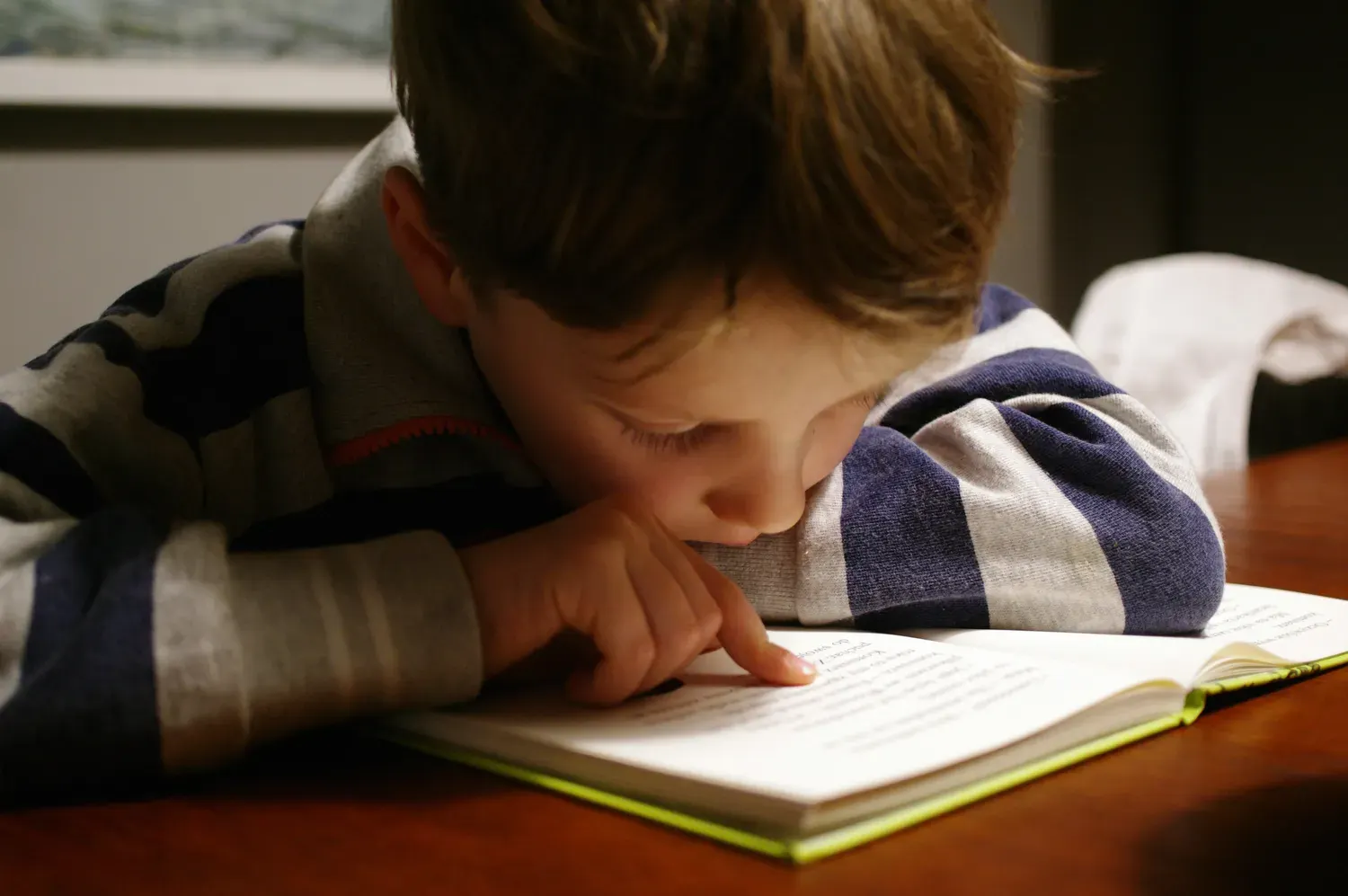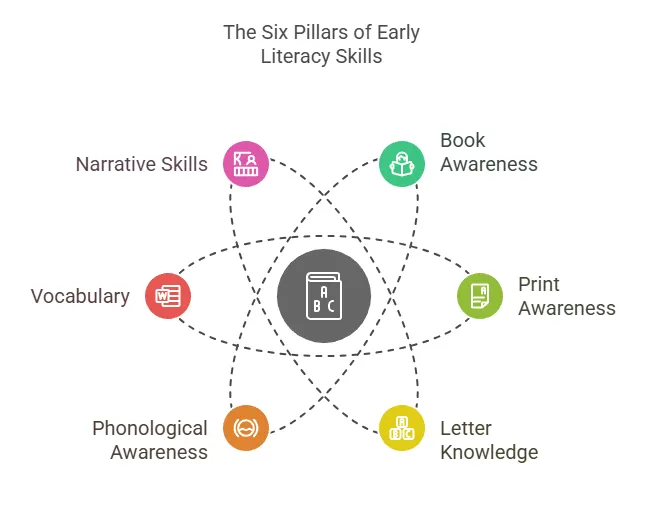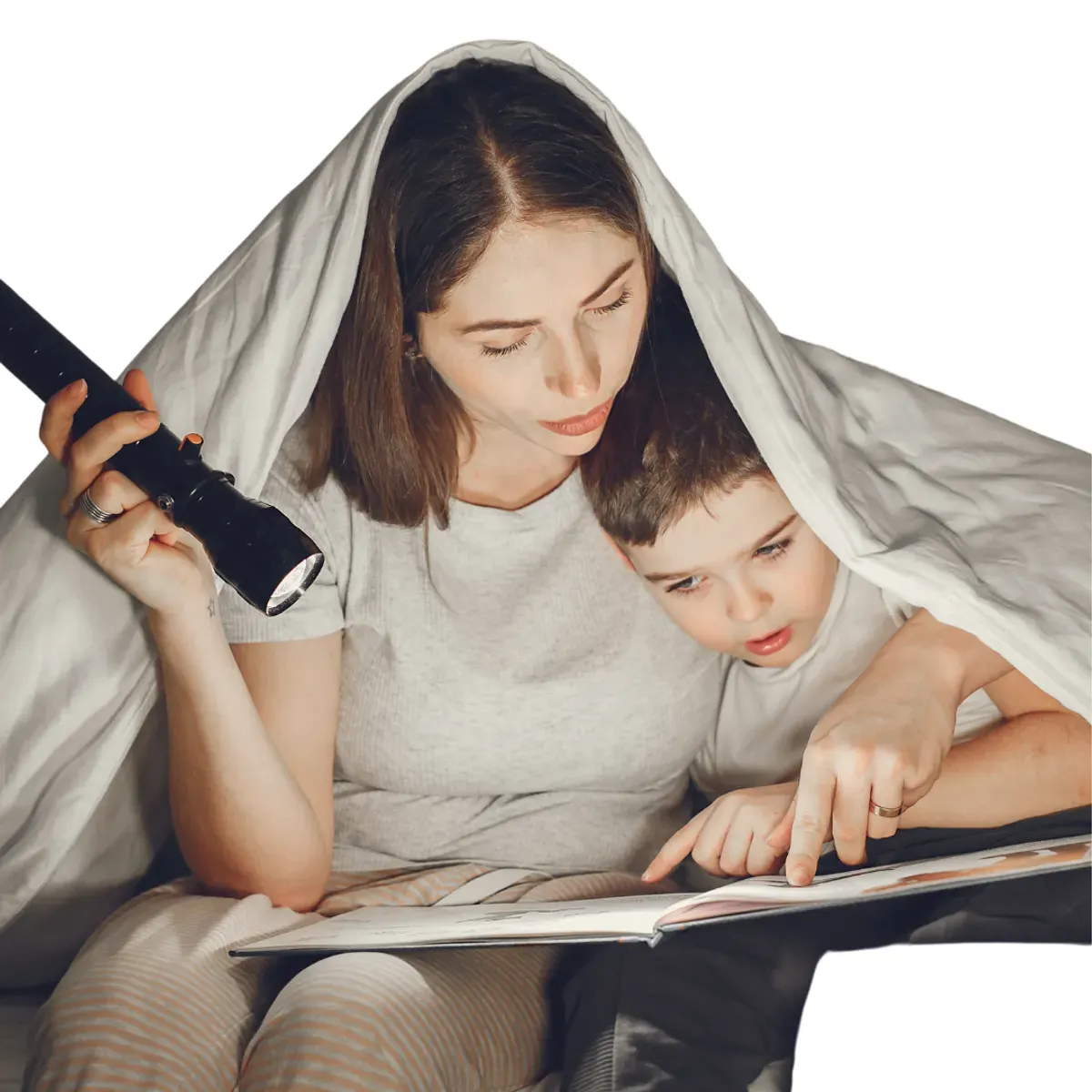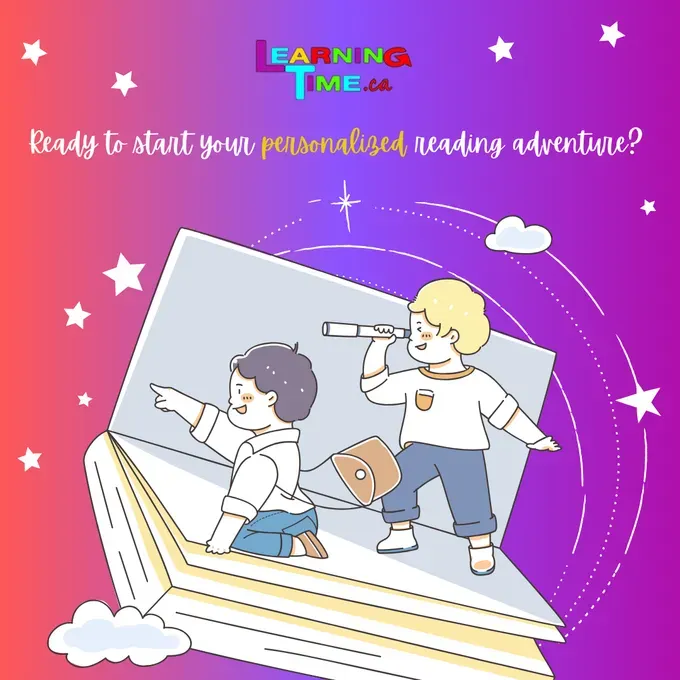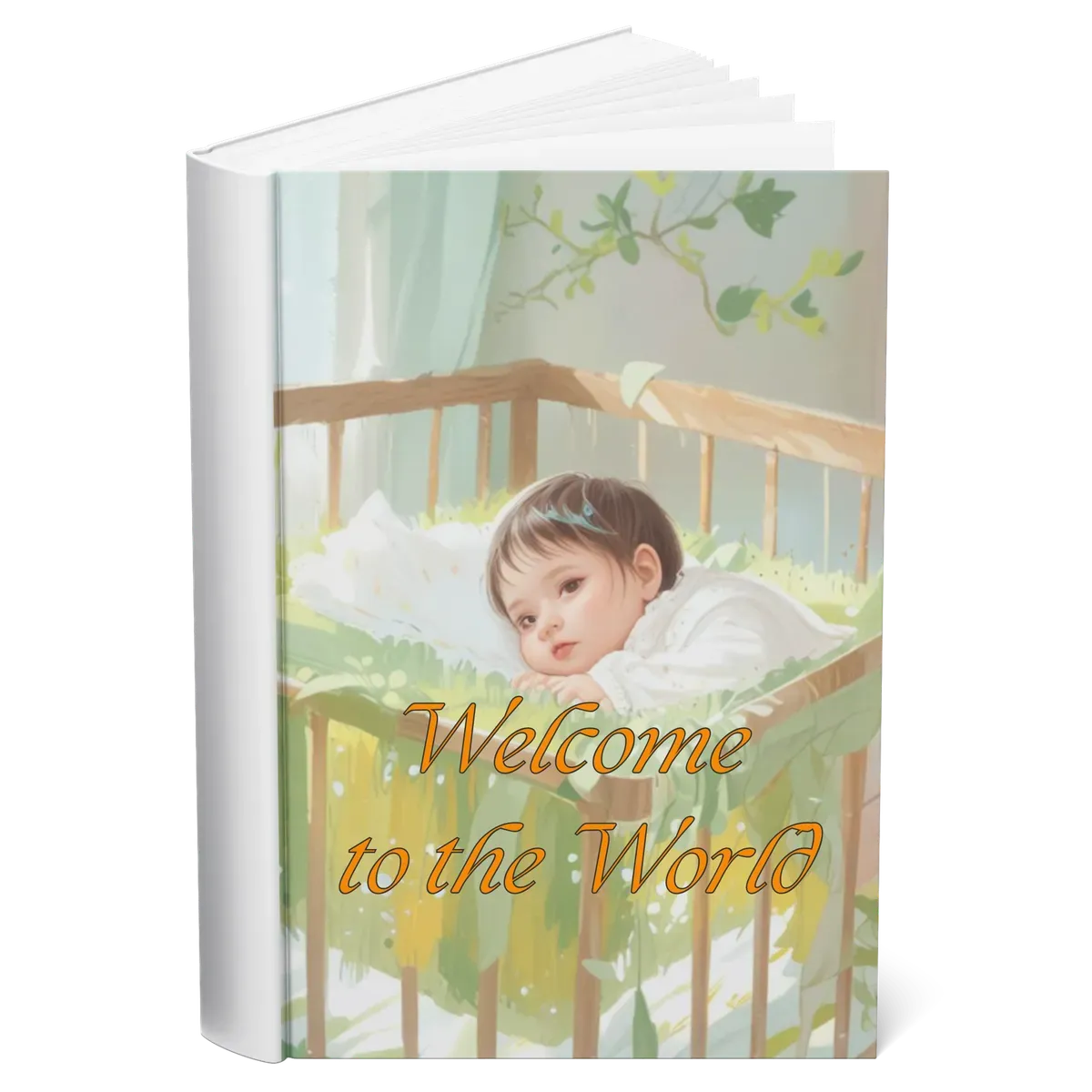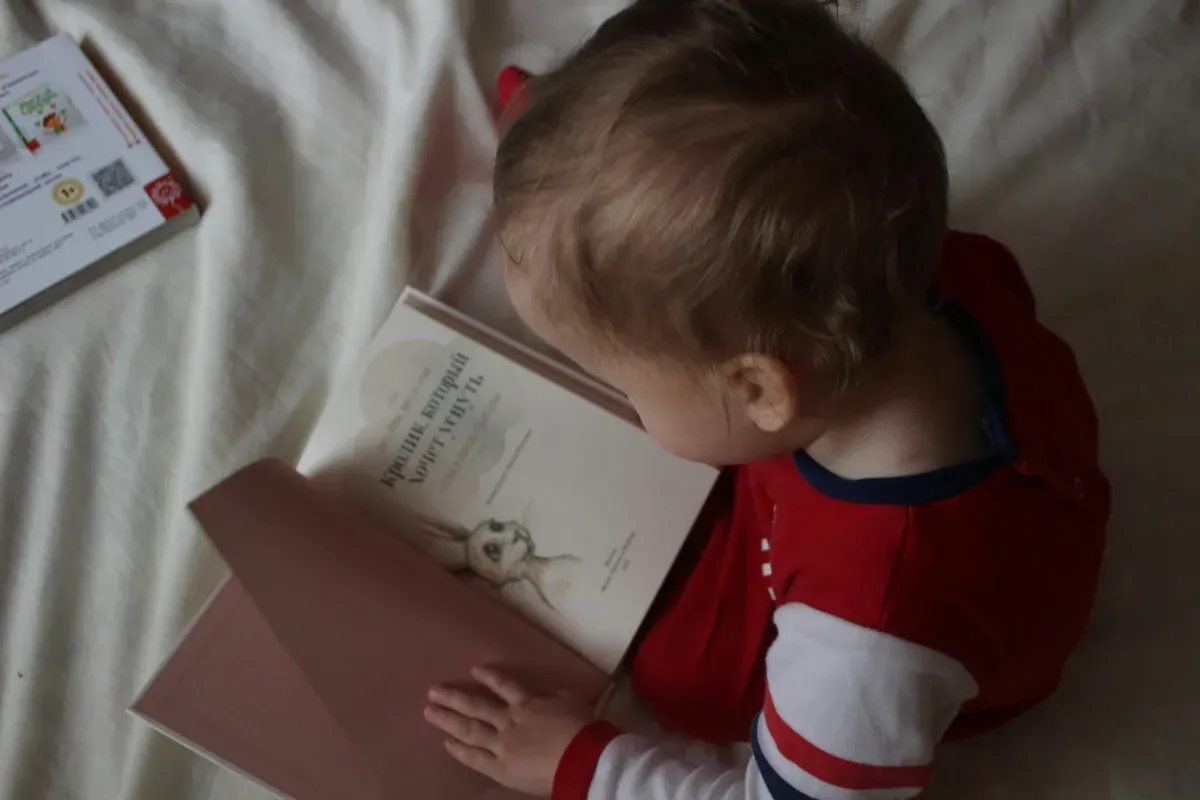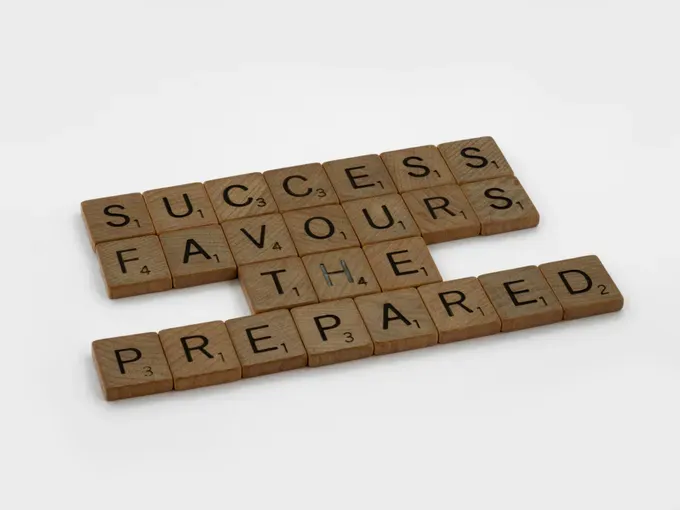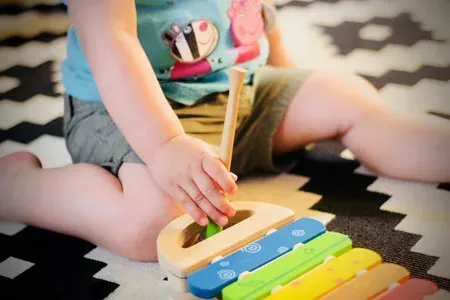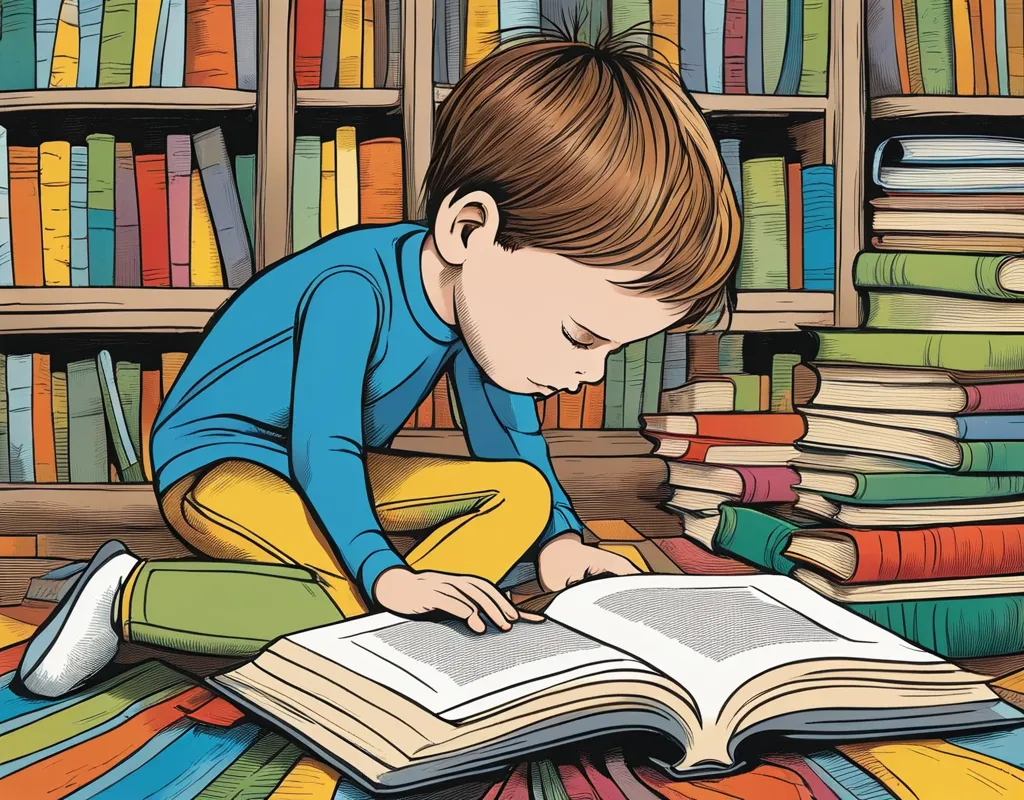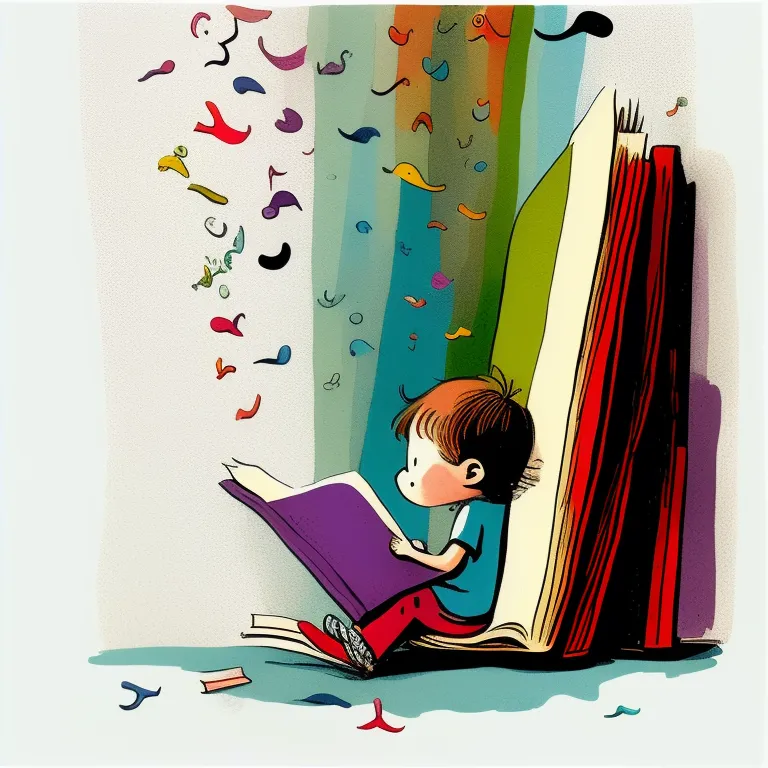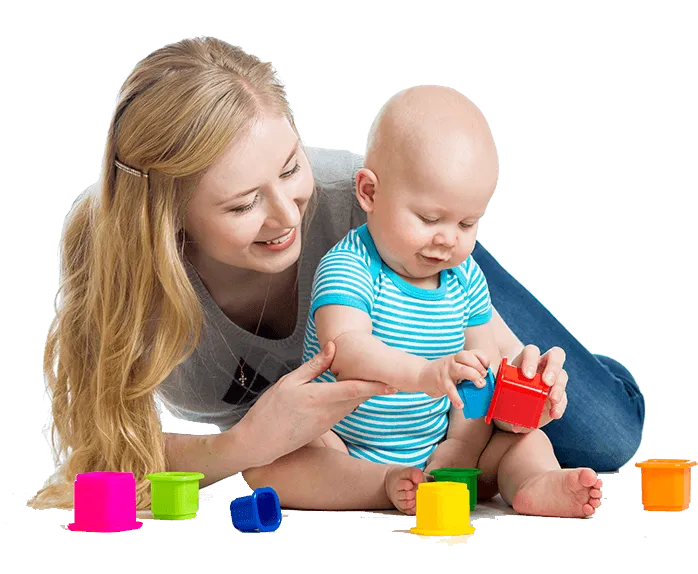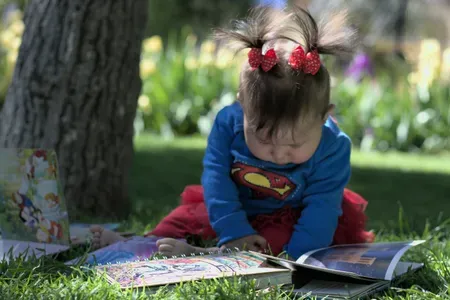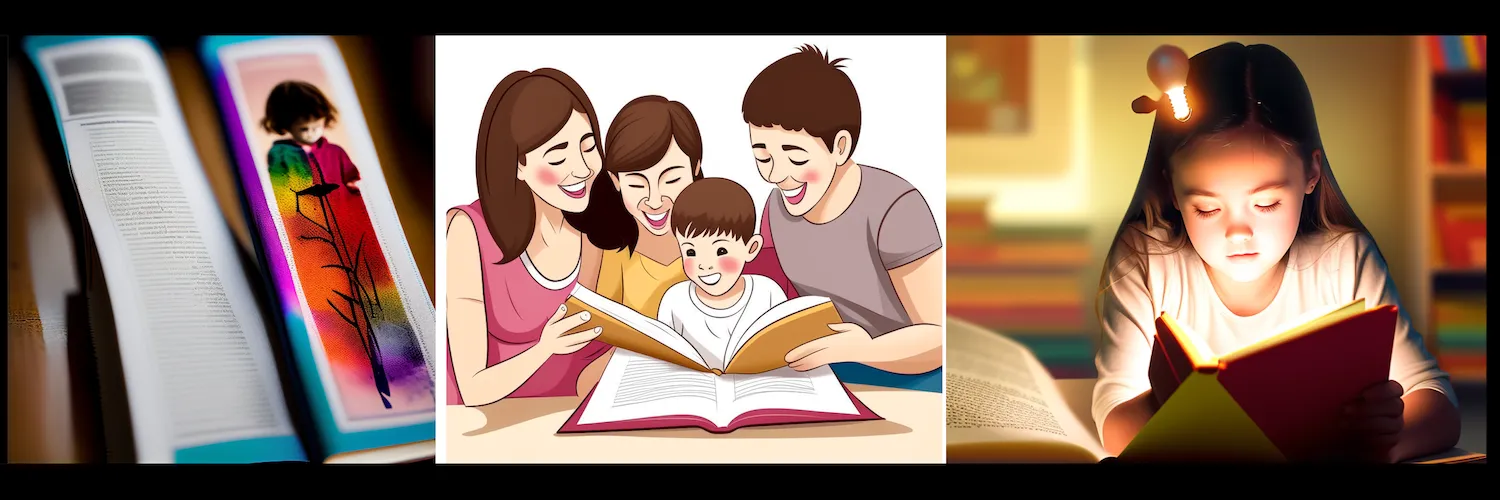How-To Guide for New Parents and Expecting Moms: Building Early Literacy Skills
Interactive Read Alouds From Before Birth Onwards
This guide provides practical, easy-to-follow steps for nurturing literacy from prenatal development through age six. It emphasizes the importance of daily read-alouds, family reading time, and early literacy stepping stones to foster a lifelong love of learning.

Prenatal Reading (Weeks 16–Birth)
Why Start Early?
- By week 16, your child starts developing ears, and soon after can hear sound transmitted through the amniotic fluid. Your heartbeat, voice, and breathing are the first sounds a baby hears. Your voice is the first voice your child hears, and it becomes doubly powerful when heard internally and externally.
- By 18–20 weeks of gestation, your baby can hear external sounds, including your voice. Deeper sounds travel more easily, such as hummings, low voices, and mellow music. Be cautious with long exposure to loud sounds or heavy bass at this time. There is no need for headphones on the belly. Low-volume speakers are fine. And dancing is very much recommended!
- Prenatal reading helps develop auditory recognition and strengthens neural pathways for language. The rhythm and tempo are more than the words.
How-To:
- Choose Rhythmic Stories: Books like The Cat in the Hat are ideal for their predictable patterns.
- Read Daily: Spend 5–10 minutes reading aloud in a calm voice.
- Repeat Stories: Familiarity builds recognition; your baby may respond to the same story after birth!
Newborn to 12 Months: Building Bonds Through Books
Stepping Stones:
- At 2-3 months, the baby's eyes focus on high-contrast images and follow moving pictures.
- Around 4-6 months, they begin reaching for books, especially those with tactile elements like crinkly pages or soft textures.
- By 6-8 months, babies show excitement when seeing favourite books, often kicking legs or waving arms.
- At 8-10 months, they start pointing at pictures and may babble in response to familiar story patterns.
- From 10-12 months, they understand simple commands like "turn the page" and may try to mimic your reading sounds.
- Throughout this period, they form associations between cuddling, your voice, and books, creating positive connections with reading that last a lifetime.
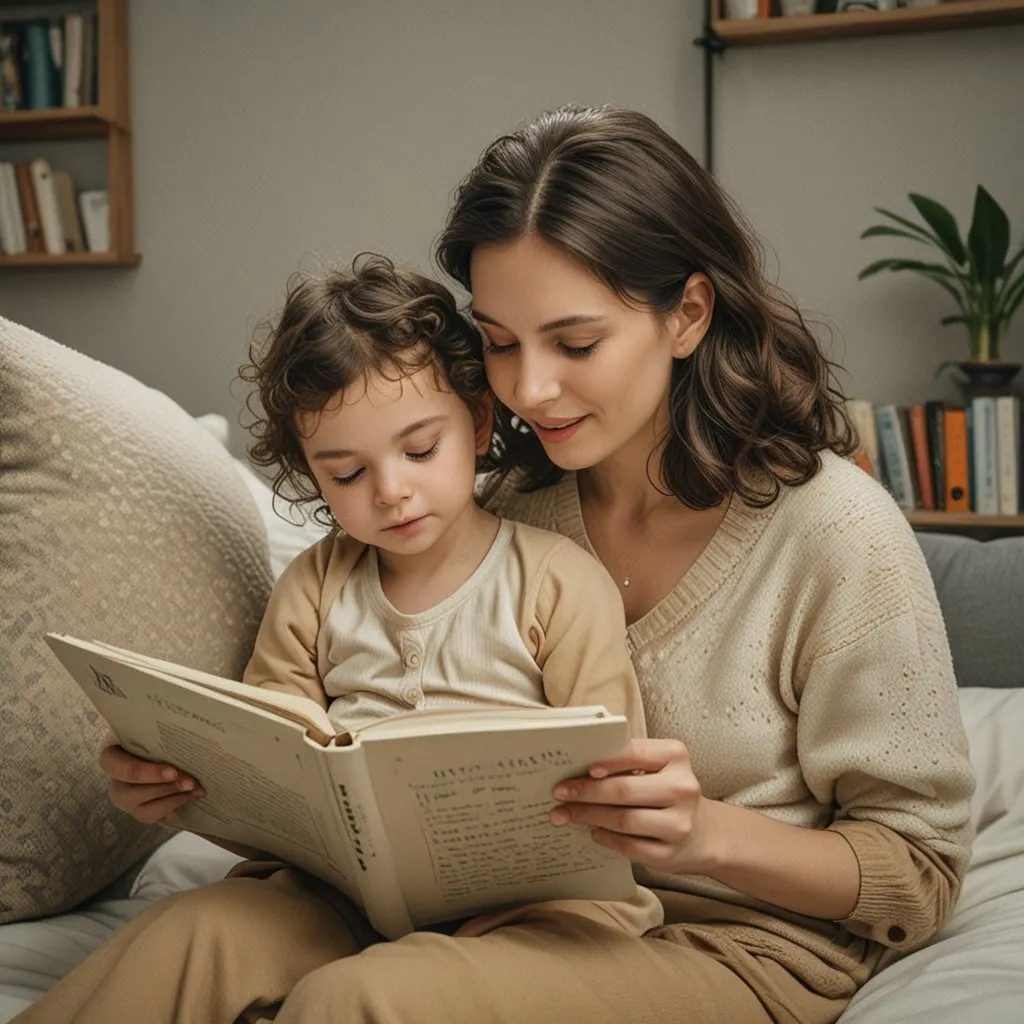
How-To:
- Make Reading Fun & Engaging: Pick sturdy board books with different textures - let your little one feel soft fur, bumpy surfaces, and crinkly pages while you read together with enthusiasm.
- Turn Daily Life into Story Time: Make everyday moments special by saying things like "Look at this red apple! Should we take a bite? Mmm, it's sweet and crunchy!" This natural narration helps build your baby's vocabulary.
- Create a Cozy Reading Routine: Find a comfortable spot, maybe in your favourite rocking chair or snuggled up in bed, and hold your baby close while reading. These warm, peaceful moments help your baby associate reading with comfort and love.
Toddlers (12-24 Months): First Steps into Stories
Stepping Stones:
- Points at pictures and makes sounds when seeing familiar objects in books
- Begins to turn pages (though may turn several at once) and babbles while looking at books
Activities:
- Keep it Simple: Use short phrases and point to pictures - "Look! Dog says woof!"
- Follow Their Lead: Let them choose books and set the pace of reading time
- Use Movement: Add gestures and actions to make stories come alive
Toddlers (2-3 Years): Growing with Stories

Key Developments:
- Remembers and joins in with repeated phrases from favourite stories
- Starts asking questions about pictures and story elements
Activities:
- Ask Questions: Encourage thinking with "What happens next?" or "Where did the bird go?"
- Build Vocabulary: Name objects and actions as you read together
- Create Routines: Make reading a regular part of daily activities, like bedtime
Preschoolers (3–4 Years): Developing Early Literacy Skills
Stepping Stones:
- Recognizes letters and rhymes, retells stories, and begins matching sounds to letters.
How-To:
- Alphabet Books: Focus on letter knowledge through playful exploration of shapes and sounds.
- Story Sequencing: Help your child arrange events in order (“First, then, last”).
- Interactive Storytelling: Encourage them to act out parts of the story or create their endings.
Kindergarten (5–6 Years): Preparing for Independent Reading
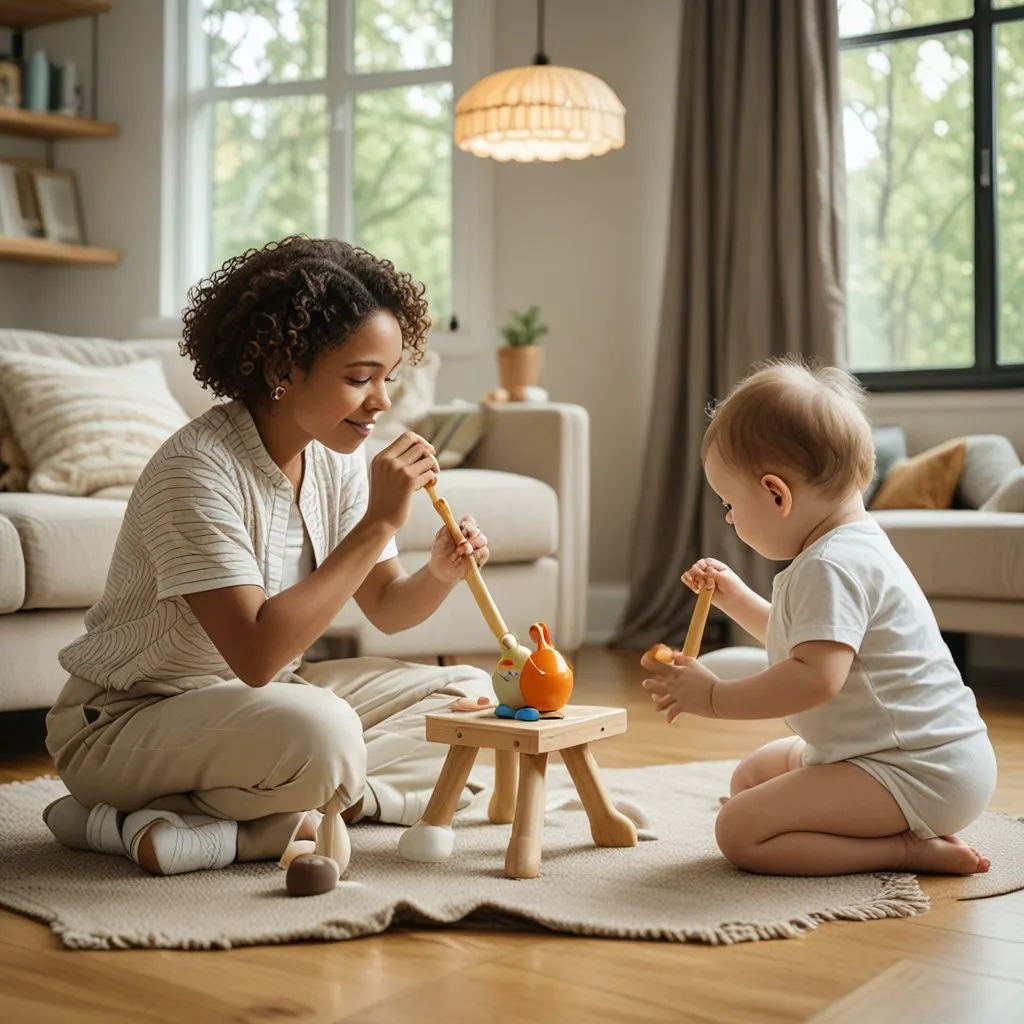
Stepping Stones:
- Matches letters to sounds, predicts story outcomes, and begins reading simple words by sight.
How-To:
- Phonics Games: Use activities like matching letters to sounds (b makes /b/).
- Ask Questions: Discuss who, what, when, where, why, and how after reading a story together.
- Celebrate Progress: Praise attempts at sounding out words or recognizing sight words to build confidence.
The Gift of Stories: A Legacy of Love
Grandpa's Gift: A Journey of Love Through Reading
Remember the joy of learning you were going to be a grandparent? That magical moment when your child shares their wonderful news stays with you forever. One of the best ways to start this incredible journey is by giving the gift of personalized books that grow with your grandchild - it's an investment in memories that will last a lifetime.
I remember when Amy told me she was pregnant - my heart just soared! You're gonna love watching this journey unfold. Amy started reading to Riley before they even met - said something about early development, but honestly, I think she just couldn't wait! Those first few months after Riley came home, she'd sit in that old rocking chair, singing lullabies and reading stories until they both dozed off.
That first year was something else. You should've seen Riley's face light up during story time - touching all those board books, giggling when Amy would point at pictures and ask, "Where's the bunny?"
The toddler years? Pure entertainment! Riley would bounce around the living room, acting out every character. Amy's got such a knack for voices - made those stories come alive, I tell ya.
By preschool, this kid was something else - setting up all their stuffed animals for storytime, telling them tales just like Amy did. She'd always ask things like "What happens next?" Got Riley thinking like a real storyteller.
These days? Riley's sounding out words, reading simple books - pride just bursts out of me, watching them grow. You know how it goes, one minute they're barely talking, next thing you know they're reading to YOU!
Let me tell you, pal - six years old now and Riley's a regular bookworm! Can't keep enough adventure stories and space books in the house. The teacher says Riley's always first to volunteer for reading time, and gets the whole class excited. Chip off the old block, if you ask me!
Listen, dropping by on weekends to read with Riley, or just watching them curl up with a good book... It's the best part of being a grandpa. Mark my words - you've got so much to look forward to. Nothing beats seeing your grandkid fall in love with learning. You're in for one heck of a ride, my friend!
Trust me on this one - keep it simple, make it fun, and before you know it, you'll be watching your little bookworm grow!
Interactive Read-Alouds
The interactive read-aloud involves reading a story out loud to children while actively engaging them through questions, comments, and discussions before, during, and after the reading. This method encourages deeper comprehension, critical thinking, and emotional connection to the text.
Key Features of Interactive Read-Aloud
- Active Engagement: The reader will pause at strategic points to ask questions, clarify ideas, or invite predictions about the story. This fosters active thinking and helps children understand that text should make sense.
- Purposeful Questions: Questions can focus on plot, characters, themes, or encourage children to relate the story to their own experiences. Spontaneous discussions also allow children to express their creativity and personal interpretations.
- Bonding Experience: Research highlights that interactive read-alouds can strengthen the bond between adults and children while instilling a joy for reading.
Benefits of Interactive Read-Aloud
- Improves Literacy Skills: It promotes oral language development and increases motivation for reading.
- Encourages Critical Thinking: By asking purposeful questions, children learn to analyze and interpret stories more effectively.
- Supports Comprehension: Active discussions help children connect ideas within the story and understand its broader context.
- Fosters Creativity: Children often engage in expressive responses that go beyond basic analysis, treating the story as a springboard for imaginative thinking.
Tips for Effective Interactive Read-Alouds
- Choose books that resonate with children's interests or developmental level.
- Encourage open-ended questions to spark curiosity and discussion.
- Allow space for spontaneous reactions and creative engagement with the text.
- Use expressive reading techniques to bring characters and emotions to life.
Interactive read-alouds are a powerful tool for nurturing a child's love for learning while building essential literacy skills. They align well with LearningTime Canada's mission of fostering personalized educational experiences through storytelling.

Citations:
- https://speechify.com/blog/what-is-immersion-reading/
- https://digitalcommons.wcupa.edu/cgi/viewcontent.cgi?article=1296&context=all_doctoral
- https://www.microsoft.com/en-us/education/blog/2023/06/how-to-enhance-reading-instruction-a-guide-to-immersive-reader-for-educators/
- https://educate.bankstreet.edu/cgi/viewcontent.cgi?article=1214&context=independent-studies
- https://support.microsoft.com/en-us/office/use-immersive-reader-in-word-a857949f-c91e-4c97-977c-a4efcaf9b3c1
- https://www.shanahanonliteracy.com/blog/accommodating-reading-comprehension-with-listening-good-idea
- https://teaching.utoronto.ca/tool-guides/microsoft-immersive-reader/
- https://textproject.org/wp-content/uploads/2022/07/Hiebert-Pearson-Taylor-Richardson-Paris-1998-Every-Child-A-Reader.pdf
Related Articles :
Early Literacy Skills Development: The Six Skills and the Six Stages
The Magic of Early Literacy: Six Prelanguage Skills
Vocabulary Power: Opening the Door to Reading Success

Written with Augmented Intelligence and SHiNER The Human



